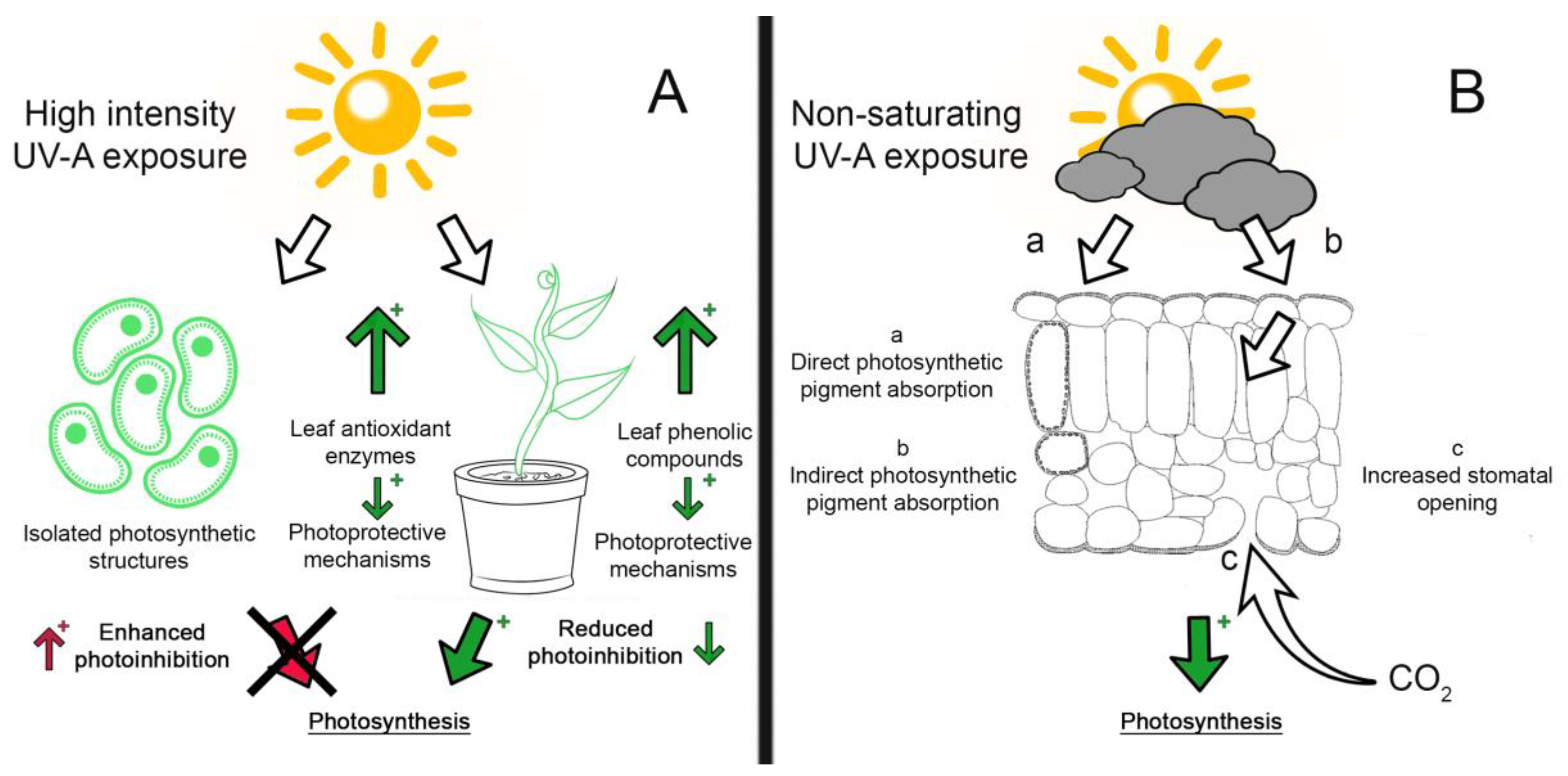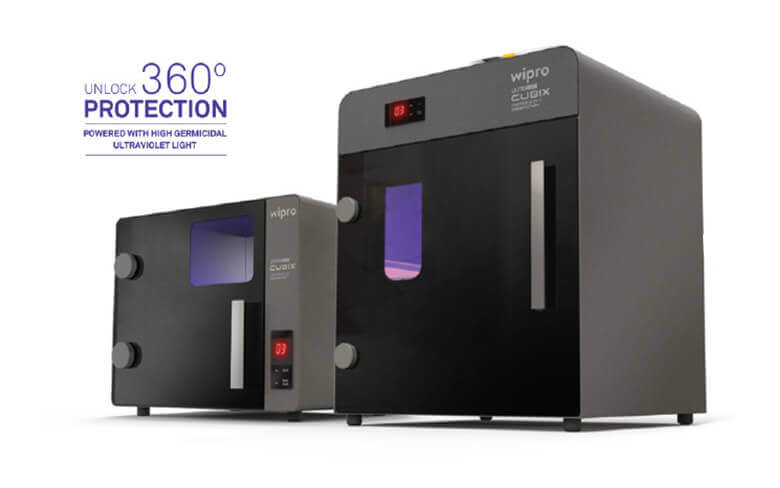The Basic Principles Of Uvc Light
The Basic Principles Of Uvc Light
Blog Article
About Uvc Light
Table of ContentsFacts About Uvc Light UncoveredThings about Uvc LightThe smart Trick of Uvc Light That Nobody is Talking AboutSee This Report on Uvc LightThe Ultimate Guide To Uvc LightSome Ideas on Uvc Light You Need To Know
A brand-new kind of ultraviolet light that may be safe for people took less than 5 minutes to decrease the level of interior airborne microbes by more than 98%, a joint study by researchers at Columbia College Vagelos University of Physicians and Surgeons and in the U.K. has found. Also as microbes continued to be sprayed right into the area, the level continued to be really low as lengthy as the lights got on.However until currently these research studies had actually just been performed in tiny speculative chambers, not in full-sized rooms simulating real-world conditions. In the current research study, researchers at the College of St. Andrews, University of Dundee, University of Leeds, and Columbia University evaluated the efficacy of far-UVC light in a large room-sized chamber with the very same air flow price as a regular office or home (about 3 air modifications per hour).
The efficacy of various methods to reducing interior infection levels is typically determined in regards to equivalent air modifications per hour. In this research study, far-UVC lamps created the matching of 184 equivalent air exchanges per hour. This exceeds any various other method to sanitizing occupied interior spaces, where 5 to 20 comparable air adjustments per hour is the finest that can be attained practically.
Uvc Light Can Be Fun For Everyone

The main parameters of UV-C sanitation are wavelength, dosage, family member humidity, and temperature level. There is no agreement about their ideal values, however, generally, light at a high dose and a spectrum of wavelengths containing 260 nm is liked in an atmosphere at space temperature with reduced loved one moisture. This light can be produced by mercury-vapour, light-emitting diode (LED), pulsed-xenon, or excimer lamps.
There are wellness and safety and security dangers connected with the UV-C technology when used in the proximity of individuals. UV-C disinfection systems have appealing features and the prospective to enhance in the future. Clarifications surrounding the various criteria influencing the modern technologies' performance in health center setting are needed. UV-C sanitation ought to presently be considered for low-level instead than high-level disinfection.
An additional application developed in 1910 when UV light was used to decontaminate water. However, the technology was not very dependable at the time and it took additionally technological growths prior to UV water sanitation became popular again in the 1950s [ 2] Nowadays, UV light is used for water, air, food, surface, and clinical devices sanitation.
Uvc Light for Dummies
DNA, RNA, or proteins of a micro-organism absorb UV light, with a peak absorbance around 260 nm [6] This causes the interruption of DNA or RNA, resulting in the inactivation of the micro-organism. UV-C-induced DNA interruption commonly includes the bonding of 2 adjoining thymine (or cytosine) bases as opposed to the traditional linking of a base with its corresponding base upon the various other strand.

The UV-C area is utilized for sanitation yet there is no agreement on the exact ideal wavelength. Light at 260 nm can create the most interruption. Different micro-organisms are most at risk to a little various wavelengths.
Not known Details About Uvc Light
It even has an additional benefit by lowering photoreactivation via a decline of photolyase [9] On the various other hand, it has technological ramifications because the complete power of the beam is after that divided over all present wavelengths. A micro-organism that is prone to 254 nm light will certainly be suspended much more by a light that continue reading this sends out entirely light at 254 nm than a lamp that produces a wavelength spectrum at equal overall power.
Exposure times of 1045 min for room disinfection and 25 s to 5 min for clinical equipment were experienced in literature.
Additionally, the outcome of a lamp decreases gradually, so it is suggested to calculate the dose at the end of lamp life, which is rep of a worst-case scenario. The dosage also affects the quantity of photoreactivation. Quek et al. found that the percentage of photoreactivation lowered from 5.31% to 0% for a boost in dose from 1.6 my site to 19.7 mJ/cm2 [8]
Zhang et al. observed a change in UV irradiance of 34% when the RH increased from 50% to 90% [18] The amount of RH influence on UV performance depends upon today micro-organism and is extra noticeable for germs than for viruses [16] The impact of temperature depends on the light source.
Little Known Questions About Uvc Light.


This is referred to as much UV-C innovation and is a relatively new sanitation approach with limited knowledge regarding its effectiveness. This makes it riskier to completely depend on this modern technology for disinfection in the medical facility and it is for that reason not widely utilized [21] It likewise has benefits such as a reduced risk for use near individuals due to a reduced penetration deepness right into the skin and eyes [ 26]
In research study, the results on pulsed versus constant UV-C sanitation effectiveness vary. When contrasting pulsed and continual light it is necessary to maintain various other variables such as wavelength and dosage consistent. Nyangaresi et al. and Sholtes et al. both found that pulsed or continuous light sent out by LEDs resulted in equivalent log10 reductions [15,28]
Facts About Uvc Light Uncovered
In instance ozone is not required for sanitation, a modified lamp can be made use of. For mercury-vapour lamps, doped quartz glass or specialized soft glass can filter out short-wave UV-C light - uvc light.
Report this page